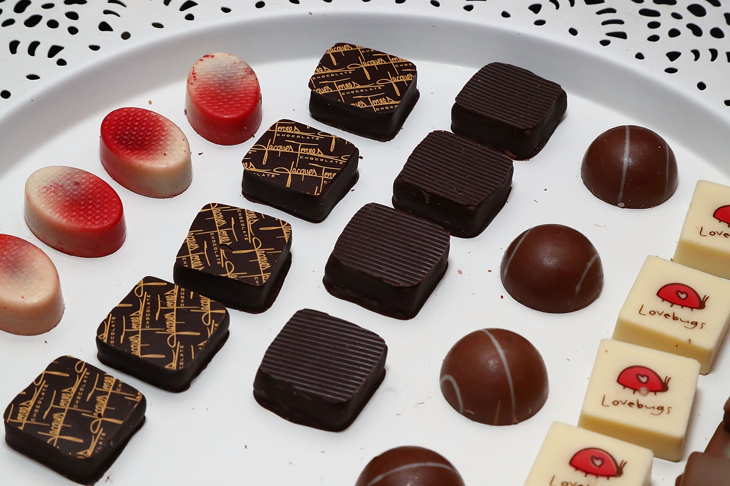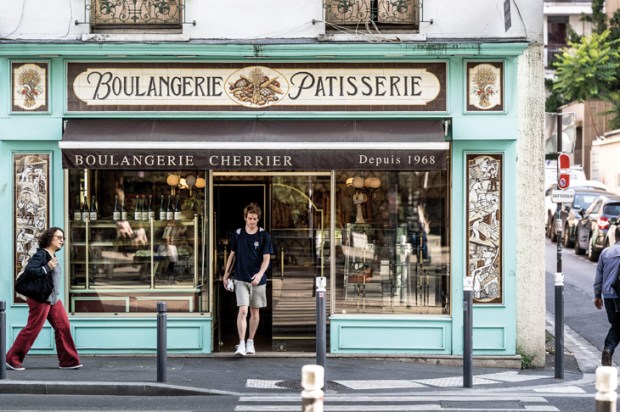The iconic Australian company, Bradbury’s Chocolates, has just concluded its search for the sensible centre. But the dismal results obtained should be very instructive for other enterprises that might be contemplating a similar exercise. Indeed, so disappointing have they been that the search for the sensible centre is now equated with other notable failures like the searches for Lassiter’s Reef, the Loch Ness Monster, the Abominable Snowman, King Solomon’s mines and the resting place of Amelia Earhart’s aeroplane. Indeed, some respected business columnists are now asking why the search was started in the first place.
As many of you would have experienced first-hand, Bradbury’s Roses Collection has been close to the hearts of Australians since it was launched by Sir Robert Bradbury in 1949 during his famous broadcast, The Forgotten Flavours. For years thereafter, Roses was mentioned in the same breath as the Argonauts, Vegemite and Don Bradman. It can safely be said that no red-blooded Australian boy would have dreamt of taking his sweetheart to the cinema without a box of Bradbury’s Roses to help advance his courtship.
It is no exaggeration to say that one of the reasons why, until a few years ago, Roses was such a success was that you could dip into them, even in a darkened cinema, and whether you brought forth a Hazelnut Swirl or a Caramel Classic, the result was delightful; success due to the great variety and consistent quality to be found in every box. Moreover, the collection was regarded as a beloved and integral part of the Australian way of life.
But in recent years some of the shine had come off the product. The old reliable Roses had ceased to appeal to the more sophisticated and, dare I say it, pretentious and fickle palates of the early 21st century. Disturbing criticism had started to arise that the old Roses no longer appealed to the modern Australian, what with our multicultural population and all. Moreover, friction had developed in the board room. Sir Robert had long since gone to his eternal reward, but his memory was still revered. A more recent internal revolt had removed the solid and reliable chairman who was replaced with a more flamboyant successor who abandoned the successful recipes of the past in favour of a more exotic assortment until he, too, was overthrown in a dispute about the correct recipe for Peppermint Creme.
It was also painful to see that, in the wake of such cataclysmic upheavals, the standing of the Roses collection began to fade in the eyes of the chocolate public. Sales fell precipitously in one of the more prosperous parts of Sydney that had always supported the product, and the decay quickly spread to Victoria, with the potential for further imminent falls in other states. After calling in consultants in culture change and holding a series of focus groups, an alarming three-pronged message was delivered to the board of directors in a top secret report that appeared in the press an hour later. First, the consuming public were saying: ‘Roses just doesn’t stand for anything anymore.’ Secondly, some of the Roses chocolates were said to be too firm, while others were too soft. And some that looked consistent from the outside fell to pieces at the first bite. Thirdly, the solution was obvious. Roses had to find the sensible centre, a middle course between hard and soft, somewhere between Almond Crunch and Turkish Delight, a centre that had a firm base, but one that would appeal to all tastes, including diverse cross-cultural groups, same-sex couples and newly emerging indigenous filmmakers. Roses had to appeal as much to the interior decorators of Woollahra as the oil riggers of the North West Shelf.
Accordingly, work began immediately on the search for the sensible centre. Old standbys like Classic Milk were discarded; subtle shifts in colour and taste were tested. Extremes of firm and soft were evened out and worked into a bland and inoffensive middle ground. Branding experts from California proposed comforting names like Lentil Nights, Consensus Crème, Soy Delight and Beige Biscuit. (A suggestion from the company’s office in London for Hard Brexit Bites was rejected as being too severe). Eventually the search concluded and after road-testing with volunteers from Concerned Doctors Wives for Refugees, the sensible centre was agreed and timed for imminent launch. After the smoking ceremony and Welcome to Country, the Chairman launched New Roses and handed them around to the assembled celebrity guests. It can safely be said that everyone who inspected the product was immensely impressed by the wrappings, the new-look box, the rainbow ribbon and the tempting cellophane rustle. The problem, however, was that when they took the first bite, they found to their horror that there was nothing inside. The sensible centre was empty. Inevitably it was quickly branded by some wit as ‘a Clayton’s centre’. Chocolate correspondents from the trade press conceded that although the first bite has been superficially enjoyable, on balance the new products were profoundly disappointing. One so-called journalist from the Good Food Guide said they were like a Chinese meal: half an hour after you ate it, you felt hungry and yearned for a box of original Roses. More serious scribes opined that you could no longer tell Roses from the vast array of rival products on the market. So miserable was this failure that the entire production run has had to be sold to the Chinese pet food conglomerate, Ha Ha!
It is, therefore, with a heavy heart that I must report to you that the search for the sensible centre is a search for fool’s gold. Far better, I think, to stick with the trusted, reliable and successful brand of the past and the ingredients that made it such a successful product.
Got something to add? Join the discussion and comment below.
Get 10 issues for just $10
Subscribe to The Spectator Australia today for the next 10 magazine issues, plus full online access, for just $10.
You might disagree with half of it, but you’ll enjoy reading all of it. Try your first month for free, then just $2 a week for the remainder of your first year.















Comments
Don't miss out
Join the conversation with other Spectator Australia readers. Subscribe to leave a comment.
SUBSCRIBEAlready a subscriber? Log in